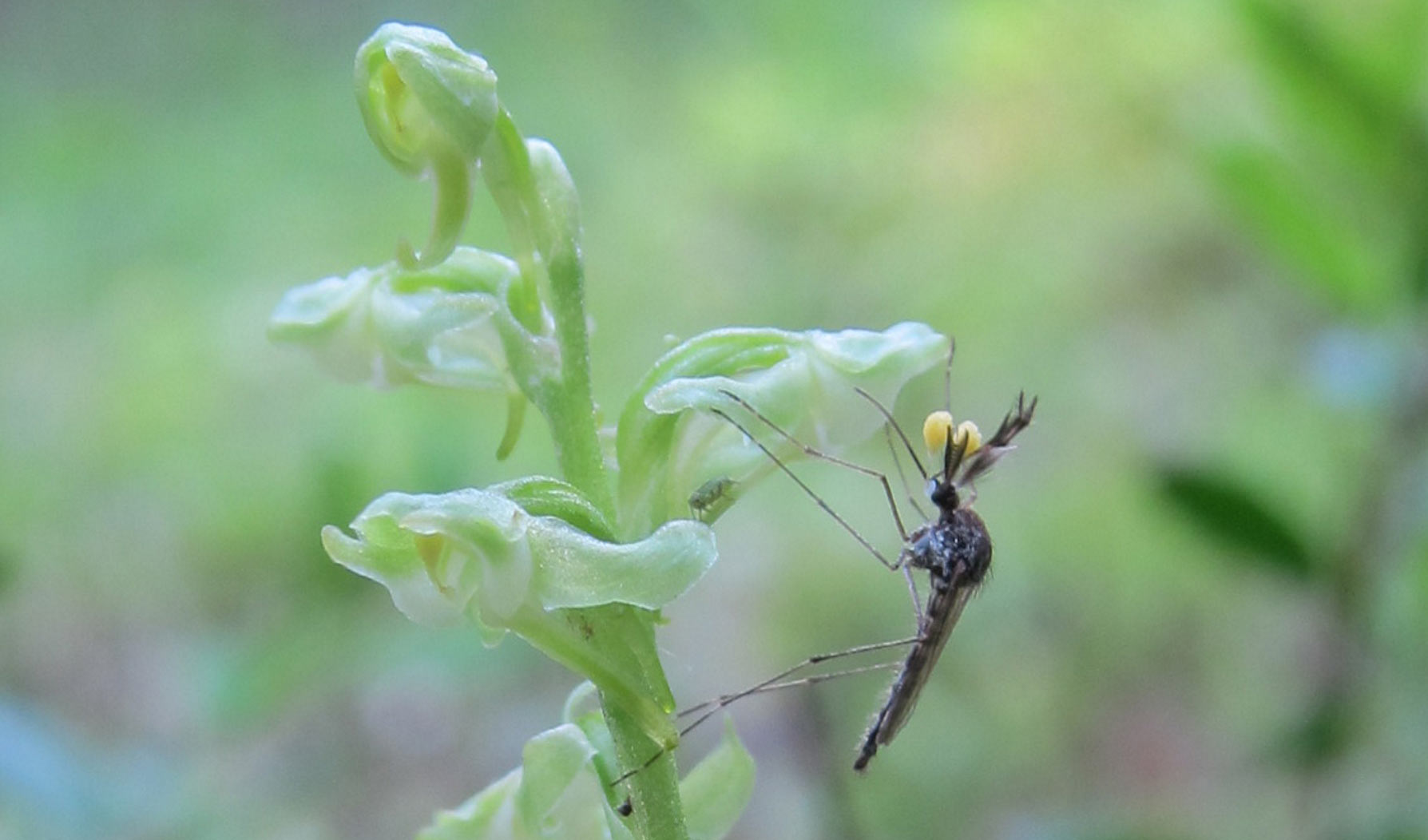Humans wiped out mosquitoes (in one small lab test)
If we could eliminate a species, should we?

BYE-BYE BUG Researchers used a gene drive to exterminate two small lab populations of Anopheles gambiae mosquitoes this year. What would their loss mean?
Susan Biddle/The Washington Post/Getty Images
For the first time, humans have built a set of pushy, destructive genes that infiltrated small populations of mosquitoes and drove them to extinction.
But before dancing sleeveless in the streets, let’s be clear. This extermination occurred in a lab in mosquito populations with less of the crazy genetic diversity that an extinction scheme would face in the wild. The new gene drive, constructed to speed the spread of a damaging genetic tweak to virtually all offspring, is a long way from practical use. Yet this test and other news from 2018 feed one of humankind’s most persistent dreams: wiping mosquitoes off the face of the Earth.
For the lab-based annihilation, medical geneticist Andrea Crisanti and colleagues at Imperial College London focused on one of the main malaria-spreading mosquitoes, Anopheles gambiae. The mosquitoes thrive in much of sub-Saharan Africa, where more than 400,000 people a year die from malaria, about 90 percent of the global total of malaria deaths.
To crash the lab population, the researchers put together genes for a molecular copy-and-paste tool called a CRISPR/Cas9 gene drive. The gene drive, which in this case targeted a mosquito gene called doublesex, is a pushy cheat. It copies itself into any normal doublesex gene it encounters, so that all eggs and sperm will carry the gene drive into the next generations. Female progeny with two altered doublesex genes develop more like males and, to people’s delight, can’t bite or reproduce.
In the test, researchers set up two enclosures, each mixing 150 males carrying the saboteur genes into a group of 450 normal mosquitoes, males and females. Extinction occurred in eight generations in one of the enclosures and in 12 in the other (SN: 10/27/18, p. 6).
This is the first time that a gene drive has forced a mosquito population to breed itself down to zero, says Omar Akbari of the University of California, San Diego, who has worked on other gene drives. However, he warns, “I believe resistance will be an issue in larger, diverse populations.” More variety in mosquito genes means more chances of some genetic quirk arising that counters the attacking gene drive.
But what if a gene drive could monkey-wrench a wild population, or maybe a whole species, all the way to extinction? Should people release such a thing? To make sense of this question, we humans will have to stop talking about “mosquitoes” as if they’re all alike. The more than 3,000 species vary considerably in what they bite and what ecosystem chores they do.
The big, iridescent adults of Toxorhynchites rutilus, for instance, can’t even drink blood. And snowmelt mosquitoes (Ochlerotatus communis) are pollinators of the blunt-leaved orchid (Platanthera obtusata), ecologist Ryo Okubo of the University of Washington in Seattle said at the 2018 meeting of the Society for Integrative and Comparative Biology.

Estimating what difference it would make ecologically if a whole mosquito species disappeared has stirred up plenty of speculation but not much data. “I got pretty fed up with the hand-waving,” says insect ecologist Tilly Collins of Imperial College London. So she and colleagues dug through existing literature to see what eats An. gambiae and whether other mosquitoes would flourish should their competitor vanish.
So far, extermination of this particular mosquito doesn’t look like an ecological catastrophe, Collins says. Prey information is far from perfect, but diets suggest that other kinds of mosquitoes could compensate for the loss. The species doesn’t seem to be any great prize anyway. “As adults, they are small, not juicy, and hard to catch,” she says. The little larvae, built like aquatic caterpillars with bulging “shoulders” just behind their heads, live mostly in small, temporary spots of water.
The closest the researchers came to finding a predator that might depend heavily on this particular mosquito was the little East African jumping spider Evarcha culicivora. It catches An. gambiae for about a third of its diet and likes the females fattened with a human blood meal. Yet even this connoisseur “will readily consume” an alternative mosquito species, the researchers noted in July in Medical and Veterinary Entomology.
Collins also thinks about the alternatives to using genetically engineered pests as pest controls. Her personal hunch is that saddling mosquitoes with gene drives to take down their own species is “likely to have fewer ecological risks than broad-spectrum use of pesticides that also kill other species and the beneficial insects.”
Gene drives aren’t the only choice for weaponizing live mosquitoes against their own kind. To pick just one example, a test this year using drones to spread radiation-sterilized male mosquitoes in Brazil improved the chances that the old radiation approach will be turned against an Aedes mosquito that can spread Zika, yellow fever and chikungunya.
Old ideas, oddly enough, may turn out to be an advantage for antimosquito technologies in this era of white-hot genetic innovation. Coaxing the various kinds of gene drives to work is hard enough, but getting citizens to sign off on their use may be even harder.







